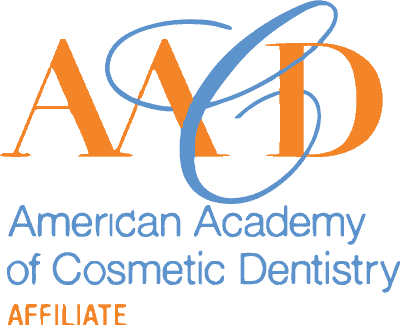
Understanding Canker Sores
Canker sores are small, shallow lesions that develop on the soft tissues inside your mouth. Unlike cold sores, canker sores are not caused by a virus and are not contagious. They are often painful, especially when eating or talking, and they usually heal within a week or two.
- Location: Inside the mouth, on the gums, inner cheeks, tongue, or the soft palate.
- Appearance: Round or oval with a white or yellow center and a red border.
- Causes: It may be triggered by stress, hormonal changes, food sensitivities, or minor injuries, like biting your cheek.
- Treatment: Pain relief gels, avoiding spicy or acidic foods, and good oral hygiene can help.
Most canker sores are mild and don’t require professional treatment. However, if they become unusually large, last longer than two weeks, or are accompanied by other symptoms like fever, you should consider seeing a dentist.
Understanding Cold Sores
Cold sores, also known as fever blisters, are caused by the herpes simplex virus (HSV-1). Unlike canker sores, cold sores are highly contagious and can spread through close contact, such as kissing or sharing utensils. Cold sores typically appear on the lips or around the mouth and go through several stages, from tingling and redness to blistering and crusting.
- Location: Usually on the lips, around the mouth, or face.
- Appearance: Start as small blisters that eventually break open and crust over.
- Causes: Triggered by the herpes simplex virus, often activated by stress, sunburn, or a weakened immune system.
- Treatment: Antiviral creams, oral medications, and avoiding triggers can help manage outbreaks.
Cold sores can be uncomfortable and unsightly but generally heal within two to four weeks. Because they are contagious, avoiding close contact with others when you have an active sore is essential.
If you’re ever unsure about what kind of sore you’re dealing with, it’s best to consult a dentist who can diagnose properly and recommend the best course of action.
How a Dentist Can Help
Though both canker sores and cold sores are typically harmless, there are times when you might need to see a dentist. If your sores are particularly painful, last longer than expected, or you experience frequent outbreaks, it’s time to make an appointment. Our dental office in Canton can help provide:
- Accurate Diagnosis: Determine whether it’s a canker or a cold sore.
- Effective Treatment: Provide topical treatments, antiviral medications, or other remedies to reduce symptoms.
- Preventative Advice: Help you understand and manage the factors that may trigger your sores.
Understanding the difference between canker and cold sores is crucial for managing oral health. If you’re looking for a dentist in Canton who can provide individualized care and advice, don’t hesitate to reach out to us. We’re here to help you with all your dental needs!
We’re always accepting new patients at our dental offices in Ann Arbor, Canton, Farmington Hills, and Livonia.
Dr. Dale Flanagin II is a distinguished professional in the field of dentistry, holding a Bachelor’s degree in Molecular Biology and Biotechnology as well as a Doctor of Dental Surgery degree. He is committed to improving the lives of others through his work, driven by a lifelong passion for helping people.





